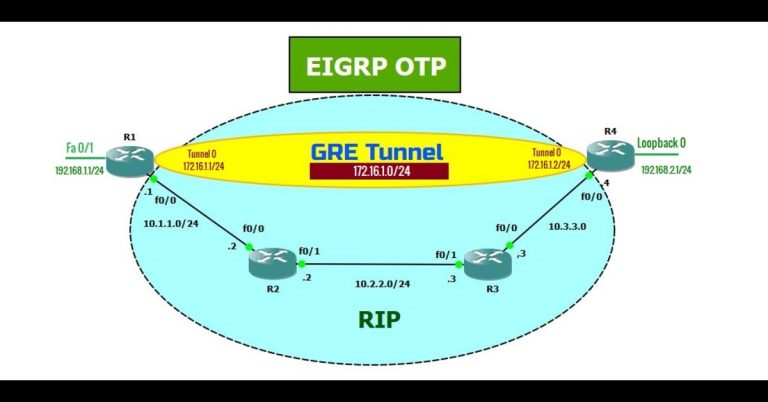How to Configure IPv6 in a LAN Environment
Are you ready to future-proof your local network with IPv6? In this tutorial, we’ll walk you through configuring IPv6 in a LAN (Local Area Network) environment. You’ll learn how to connect two IPv6 subnets using a router, assign addresses to hosts, and enable inter-LAN communication—all without the need for NAT. While IPv6 may seem complex,…




































